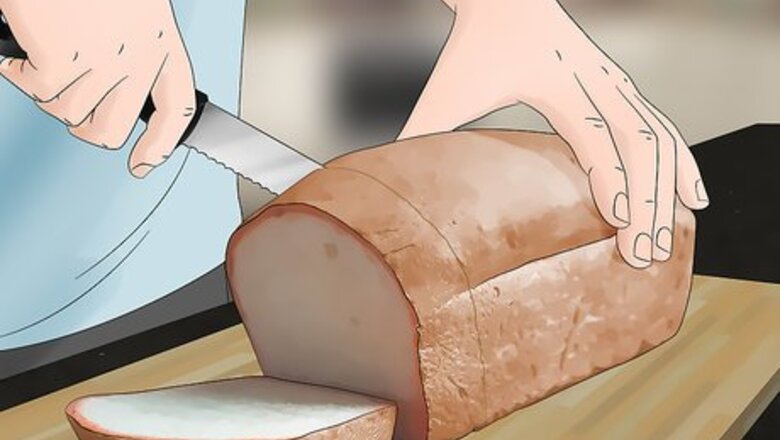
views
Freezing the Bread
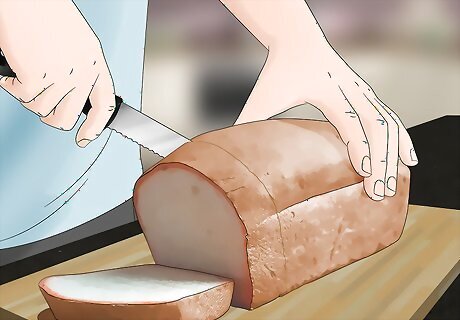
Cut bread into portions or slices. Cutting a frozen loaf is not easy and you won’t have to thaw the whole loaf with every use.
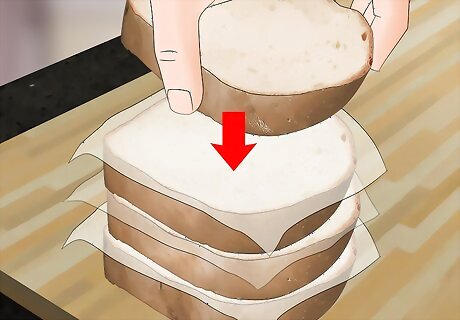
Wrap up the loaf tightly. Wrapping the loaf with wax paper or foil will help keep moisture with the loaf and prevent freezer-burn. With soft bread, you can place wax paper between slices to prevent them from sticking together.

Place the loaf in a freezer-safe bag. Remove as much air as possible by folding the bag around loaf as you close it after every use. That way the loaf should keep fresh for up to six months.
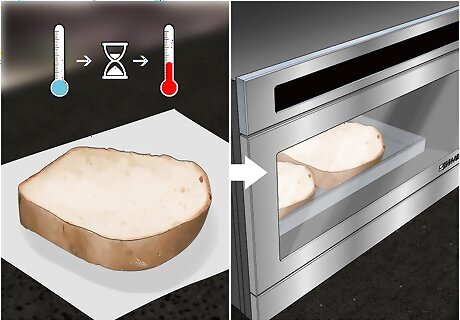
Allow the bread to thaw. When ready to eat, let pieces thaw in foil or paper before reheating in order to let them reabsorb the moisture that migrated to the wrapping. This will ensure the texture of the bread is the same as the day it was first frozen.
Storing in Cool, Dry Place
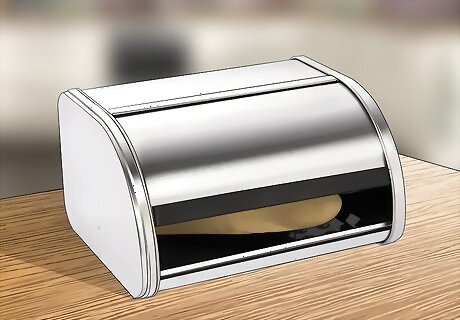
Invest in a breadbox. Place your breadbox in a cool area away from heating elements that can accelerate mold growth. And since mold spores live in oxygen, the container should be airtight to keep the population low.

Keep the bread dry. Avoid touching the loaf with wet hands and never seal the loaf with visible moisture around it. This moisture when left at room temperature will accelerate mold growth.

Avoid the refrigerator. The temperature range of fridges can help against mold, but will make the bread go stale much faster. Unlike the freezer, the fridge will change the starch alignment in the bread, changing the texture of the bread greatly and quickly.
Making Longer Lasting Bread at Home
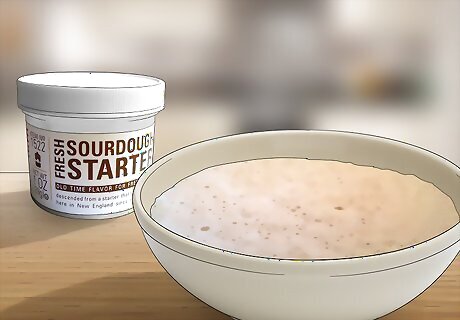
Incorporate sourdough starter into recipe. Sourdough starter is basically a usable form of wild yeast which increases the bread’s acidity, deterring mold, as well as staleness.
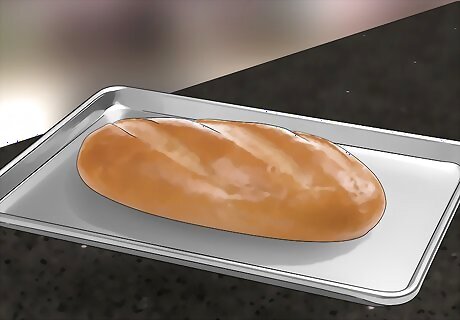
Bake a denser style of bread. A dense loaf with a crisp crust will mold slower, think rustic Italian bread. Working additional flour into dough will increase density, and introducing steam to the baking loaf with a spray bottle will give a crispy crust.

Add some natural preservatives. Adding natural preservatives like lecithin or ascorbic acid help maintain moisture while reducing yeast and mold counts. Ingredients like garlic, cinnamon, honey, or clove also naturally fight mold growth, but will obviously influence the flavor significantly.




















Comments
0 comment